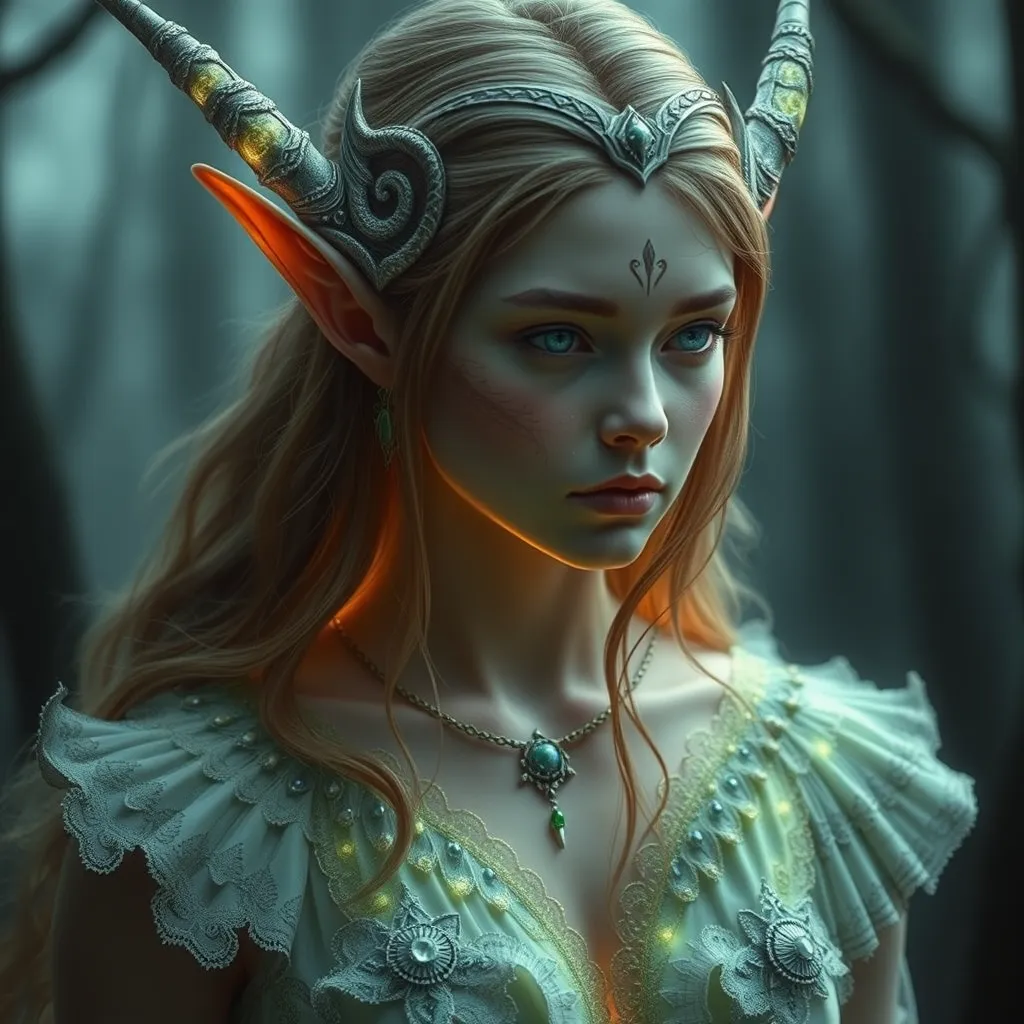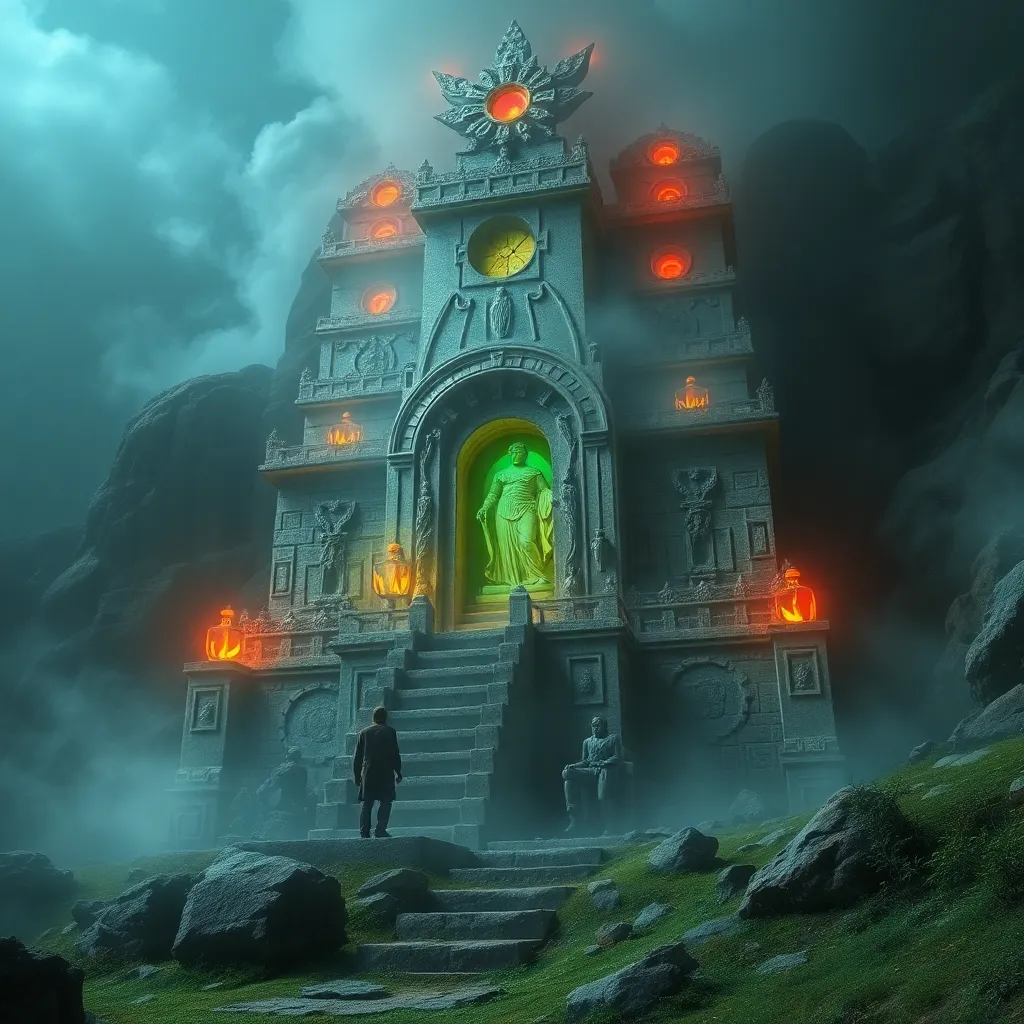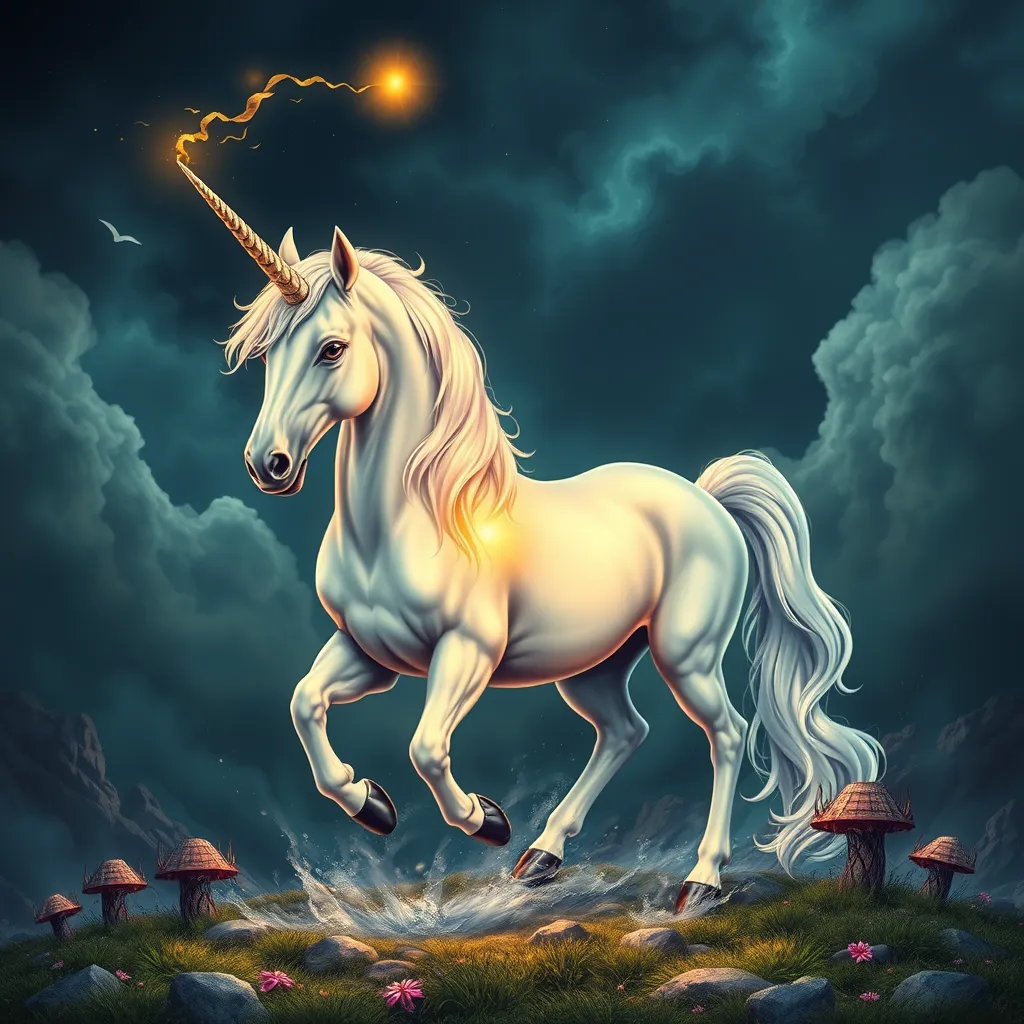Orcish Mythology in Dungeons & Dragons: A Deep Dive into Orc Lore in the World’s Most Famous RPG
I. Introduction to Orcish Mythology
Dungeons & Dragons (D&D) stands as one of the most iconic tabletop role-playing games, immersing players in a rich tapestry of fantasy worlds filled with magic, adventure, and diverse cultures. Central to these narratives are the mythologies that shape the game’s universe, providing depth and context to its inhabitants. Among these are the orcs, a race often misunderstood and misrepresented in popular culture. This article aims to explore the intricate lore surrounding orcs within D&D, shedding light on their origins, deities, societal structures, and the evolving interpretations of their mythology.
II. The Origins of Orcs in D&D
The concept of orcs in Dungeons & Dragons has evolved significantly since the game’s inception in the early 1970s. Initially inspired by various mythological and literary sources, orcs were presented as brutish foes for players to combat. However, the historical context of their creation reveals a deeper narrative.
- Historical context of early editions: In the first edition of D&D, orcs were largely depicted as savage and evil creatures, drawing heavily from J.R.R. Tolkien’s Middle-earth, where they served as embodiments of darkness and chaos.
- Influences from mythology and literature: The orcish archetype was also shaped by various mythologies, including Norse and Celtic tales. These influences helped to establish orcs as a formidable presence within fantasy literature.
- Evolution through editions: As D&D progressed through its various editions, so too did the portrayal of orcs. From mere adversaries, they began to develop complex cultures, belief systems, and narratives that enriched their lore.
III. Key Orc Deities and Their Significance
The pantheon of orc deities plays a crucial role in shaping orcish culture and beliefs. Among these, a few stand out due to their prominence in orcish mythology.
A. Gruumsh: The One-Eyed God
Gruumsh is perhaps the most significant figure in orcish religion. As the One-Eyed God, he embodies the ferocity and brutality that many associate with orc culture.
- Role in orc culture and warfare: Gruumsh is revered as the patron of orc warriors and is invoked before battles. His followers believe that through strength and aggression, they can achieve glory and dominance.
- Symbolism of Gruumsh: He symbolizes the orcish ideals of endurance, survival, and revenge. His single eye is often interpreted as a metaphor for focus and determination, driving orcs to pursue their goals relentlessly.
B. Other Notable Deities
In addition to Gruumsh, several other deities hold importance within orcish society:
- Shargaas, the Night Lord: Representing stealth and cunning, Shargaas is worshipped by orcs who prefer ambush tactics in warfare. He is the god of darkness and the hunt.
- Bahgtru, the God of Strength: Bahgtru is revered as a deity of physical power. Orcs who seek to enhance their might often pay homage to him, believing that he grants them the strength necessary to overcome their foes.
IV. Orcish Society and Culture
Orcish society is characterized by a complex social structure that is deeply rooted in tribal affiliations and leadership hierarchies.
A. Social Structure
Orc tribes are typically organized into clans, each led by a chieftain who commands respect and authority. Leadership is often determined by strength, combat prowess, and the ability to lead in battle.
B. Customs, Traditions, and Rituals
Orcish culture is rich with customs and rituals that emphasize their values of strength and honor:
- Rituals of strength: Many rituals revolve around physical contests, where orc warriors prove their might.
- Tribal gatherings: These events serve as opportunities for orcs to celebrate victories and honor their deities through feasting and storytelling.
C. Significance of Honor, Strength, and Brutality
In orcish culture, honor and strength are paramount. Orcs believe that a warrior’s worth is measured by their ability to fight and protect their tribe. Brutality is often seen as a necessary aspect of survival, reflecting their harsh environment and the constant need to defend their territory.
V. Orcs in Conflict: War and Rivalry
Conflict is an integral part of orcish identity. Throughout D&D history, orc wars have shaped the world, leading to significant consequences for both orcs and other races.
A. Orcish Wars
Orcish wars are often characterized by large-scale battles against other races, showcasing their martial prowess and strategic capabilities. These conflicts not only serve to expand orc territories but also to solidify their cultural identity.
B. Relationships with Other Races
Orcs have complex relationships with other races, often oscillating between alliances and enmities:
- Allies: Orcs occasionally ally with other races, particularly those who share common enemies or goals.
- Enemies: Historically, orcs have been fierce enemies of elves and humans, often leading to bloody skirmishes and long-standing rivalries.
C. Role of Conflict in Shaping Identity
Conflict plays a critical role in shaping orc identity and mythology. The tales of battles fought and victories won are central to orcish folklore, instilling a sense of pride and purpose.
VI. Orcish Heroes and Legends
Throughout D&D lore, numerous orcish characters have emerged as heroes, each contributing to the broader narrative of orcish mythology.
A. Famous Orc Characters
Characters such as Shurak the Unyielding and Grimgor Ironhide have become iconic figures, representing the strength and resilience of the orc race.
B. Legendary Tales
These heroes are often the subjects of legendary tales that carry moral implications, such as the importance of honor and the consequences of betrayal. These stories serve to teach younger orcs about their cultural values.
C. Impact on Perception of Orcs
The portrayal of orcish heroes has gradually shifted perceptions of orcs from mere villains to complex beings with rich narratives, allowing players to empathize with their struggles and triumphs.
VII. Modern Interpretations of Orcish Lore
In recent years, the portrayal of orcs in D&D has undergone significant changes, reflecting broader cultural shifts.
A. Changes in Portrayal
Modern editions of D&D have sought to portray orcs as multifaceted beings, moving away from the simplistic evil caricature that characterized earlier representations.
B. Influence of Popular Culture
The influence of films, books, and other media has also played a role in reshaping the narrative surrounding orcs, contributing to a more nuanced understanding of their culture and motivations.
C. Diversity and Complexity
Contemporary narratives emphasize the diversity within orcish cultures, showcasing different tribes with unique customs and beliefs, thereby adding layers of complexity to their lore.
VIII. Conclusion: The Enduring Legacy of Orcs in D&D
The mythology of orcs in Dungeons & Dragons is a rich and evolving tapestry that reflects the complexities of culture, conflict, and identity. From their origins as brutish adversaries to their current portrayal as nuanced characters with deep cultural roots, orcs remain a vital part of the D&D universe.
As we look to the future, the relevance of orcs in gaming and storytelling continues to endure. The ongoing exploration of orcish lore promises to reveal even more about this fascinating race, ensuring that they remain a beloved and integral part of the D&D experience.



